A real estate boom caused by the pandemic in mountain and resort areas is making housing in Colorado unaffordable, even for well-paid professionals. This is creating tension in communities about how to control housing costs. In Steamboat Springs, Colorado, even with a $167,000 salary offer, the city can’t hire a head of human resources because housing is too expensive.
Doctors at the local hospital are being outbid by buyers outside the area with cash offers. Due to high housing costs, some jobs have remained unfilled for over two years. The ski resort is now renting a hotel for its employees because the homes they used to rent are being turned into short-term rentals for visitors.
Residents’ Worries
Addressing the housing problem has led to more issues, such as splitting residents over how to create more housing. Local and state governments have clashed over rules for short-term rentals and efforts to tax the rentals. When it comes to building new housing, people have opposed some projects due to worries about traffic and wildlife.
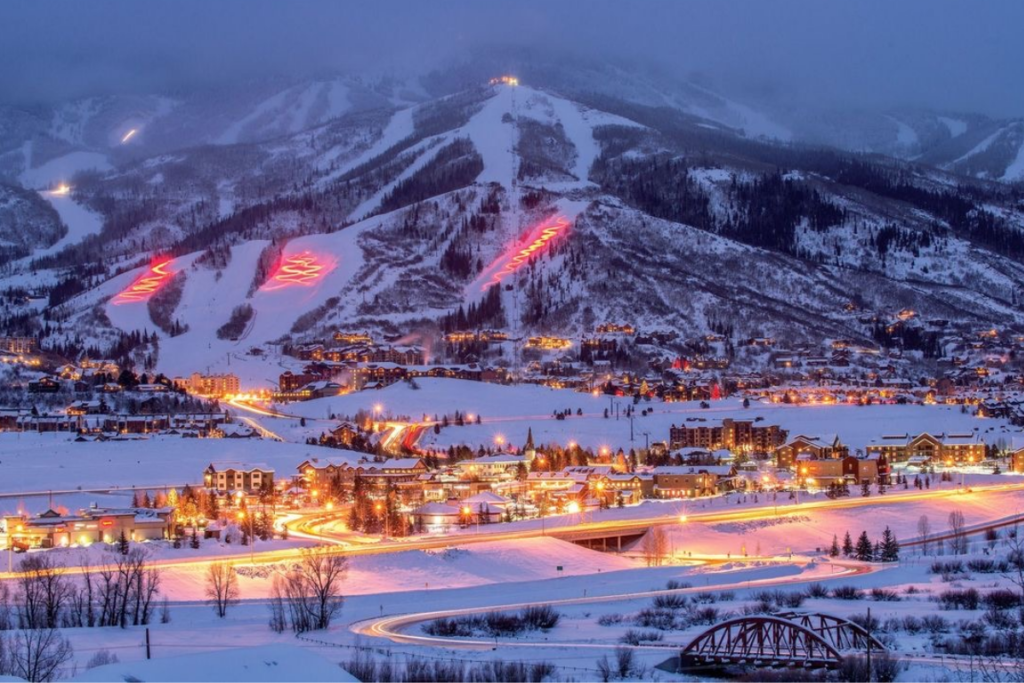
Steamboat has a new debate over a 534-acre ranch bought by the city’s housing authority with a $24 million donation. The plan is to use state and federal grants and other funds to build over 2,200 housing units. These units would be sold or rented only to locals with certain income and residency requirements.
Colorado: Reason for High Cost of Living
Jason Peasley, director of the Yampa Valley Housing Authority, said that demand for housing is high, but supply is low. Peasley’s agency oversees the Brown Ranch project, which has faced local opposition. Residents are worried about how it will be funded, its effect on traffic and infrastructure, and its impact on the community’s character.

At a late-night city council meeting in October, residents debated the project. Some support it for affordable housing, and others ask for more time or changes. The city council approved the plan. However, opponents gathered over 1,000 signatures to put it on the March 26 ballot for voters to decide.
Opposing New Development in Colorado
Jim Engelken, a Steamboat resident since 1979 and former city council member, is helping to organize opposition to the new development. He acknowledges the need for affordable housing but prefers a smaller or slower-growing project.
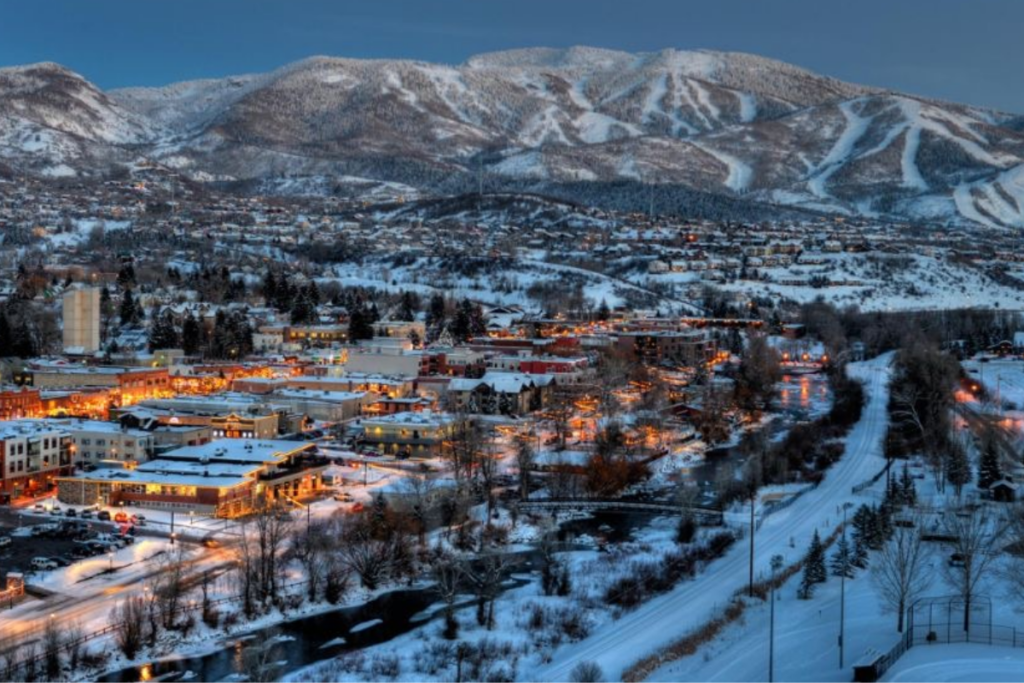
Engelken worries the city won’t have enough money for necessary infrastructure like parks and public transit. He also fears the expected influx of 6,000 residents will increase traffic and require more water infrastructure.
ALSO READ: 25 Budget-Friendly Girls’ Trip Ideas For Your Next Getaway
Cost of New Development
Engelken said the new development is too significant, costly, and problematic for the city. He worries it will create a second-class neighborhood that lacks major infrastructure. Steamboat, with about 13,000 people, has maintained a small-town, Western feel. While housing for entry-level workers has always been tough, it was affordable for middle-income professionals compared to places like Vail, Colorado, or Jackson, Wyoming.

City Manager Gary Suiter added that Steamboat is well-known as an authentic cowboy ski town with reasonable real estate prices. However, the city saw these prices spike during the pandemic.
Colorado: Increasing Cost of Living
Since 2020, the average price of single-family homes has risen by about 80% to $1.8 million. According to local realtor Jon Wade, all real estate sales, including condos, have increased by 64% to $1.1 million. As a result, property taxes for existing homeowners have increased by 86%. Homeownership is unaffordable for most people earning less than $200,000 a year. Local realtors said even those who can afford it face intense competition due to low housing inventory, with cash buyers often winning out.
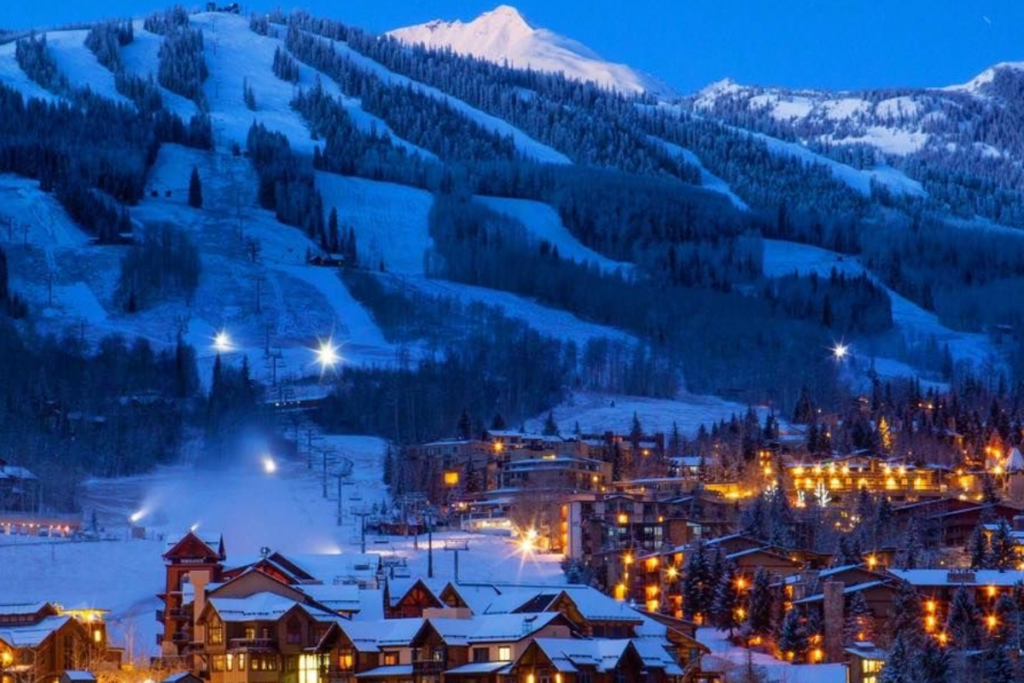
A longtime local realtor, Christy Belton, noted that even well-paid professionals are turning down jobs. They are doing this because they can’t afford housing, with entry-level, 50-year-old houses selling for a million dollars.
Effects of the Pandemic
Steamboat isn’t the only place facing challenges. As demand increased during the pandemic, prices surged in popular destinations like Aspen, Colorado, and Park City, Utah. Wealthy buyers, unable to afford these markets, started looking elsewhere.
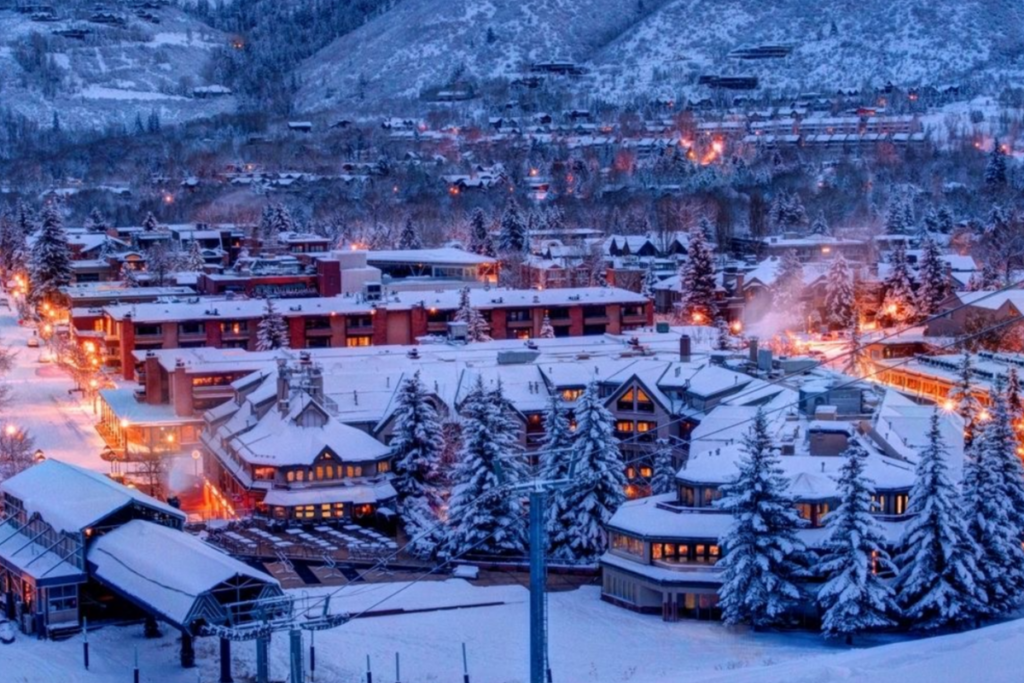
According to Zillow, home prices in Driggs, Idaho, once an affordable option for workers from pricier Jackson Hole, have risen around 80% to $735,000 since the pandemic began. In Woodstock, New York, prices have jumped 78% to over $600,000 on average due to buyers from New York City. Gatlinburg, Tennessee, known for its resort community but not its housing market, has seen home values increase over 80% to an average of $480,000.
Rejecting Job Positions in Steamboat Springs, Colorado
In Steamboat, high housing costs have led to job candidates rejecting positions. Even those with six-figure salaries are doing so because they couldn’t find housing. Suiter’s daughter and son-in-law, who have good jobs in Denver, couldn’t move to Steamboat due to the high expenses. The regional hospital, UCHealth Yampa Valley Medical Center, has struggled to fill roles like mammography technologists for over two years.
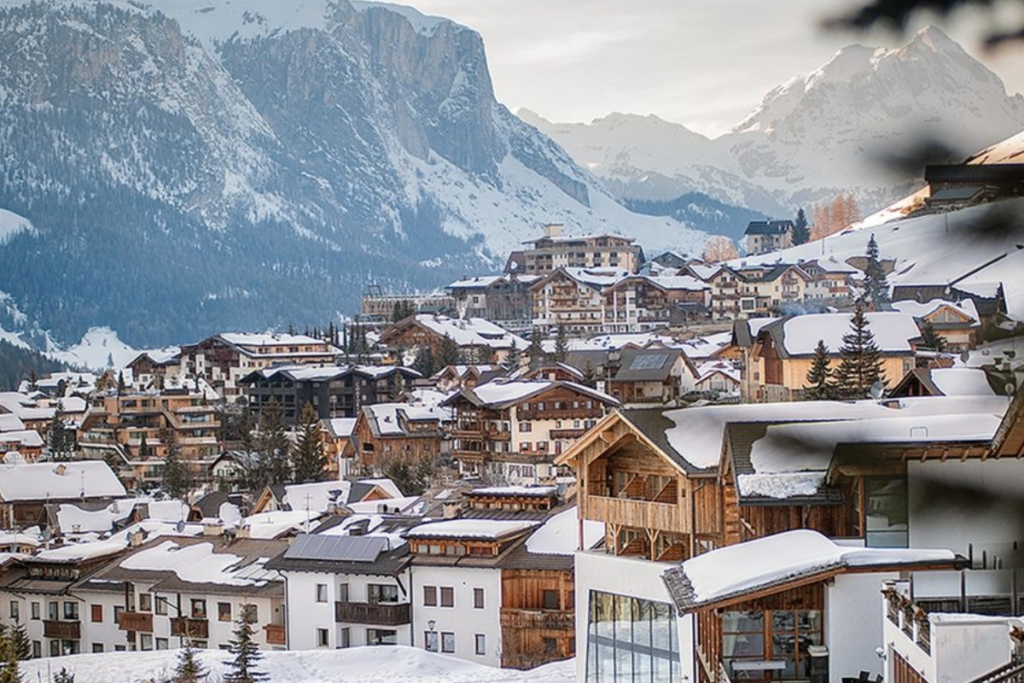
Even top earners like doctors and administrators find housing unaffordable. Hospital president Soniya Fidler says that even high-income earners are unsure if they can afford to live there. Due to housing issues, hospitals often lose potential employees.
High Demand for Houses in Colorado
Sanaya Sturm, the nursing manager at the hospital’s cancer center, has faced difficulties since moving to Steamboat in October 2020.
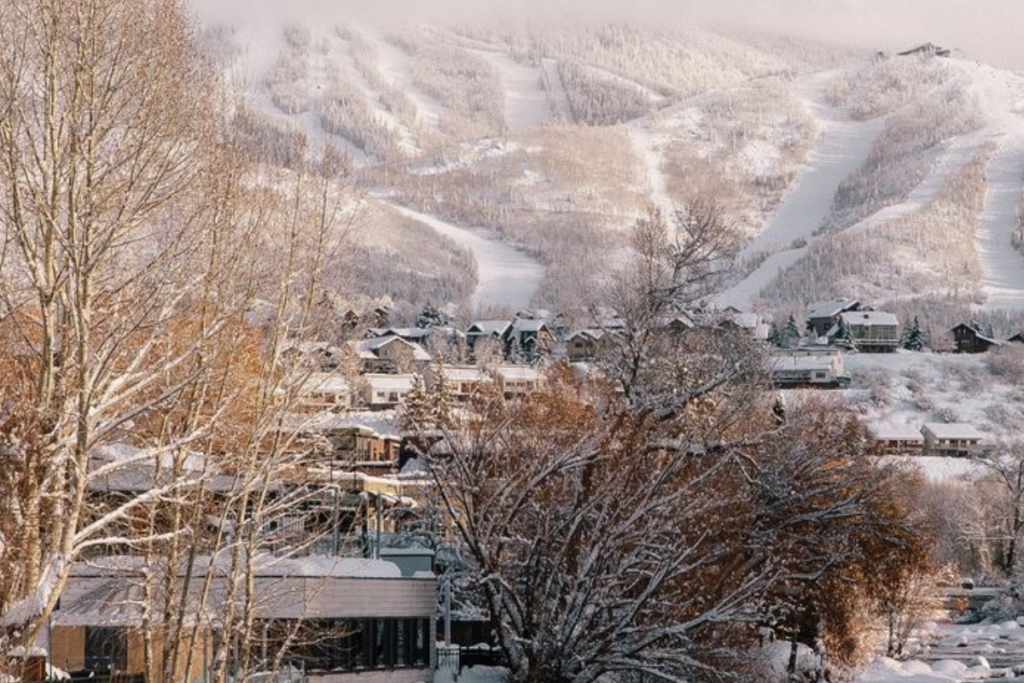
Her family sold their 3,600-square-foot house in Denver and planned to live temporarily in a 1,500-square-foot rental for $3,350 a month while looking for a new home. Initially, the average home price was within their budget with the proceeds from their Denver house sale and her husband’s income. However, home prices increased, and many out-of-town buyers were also looking to move to Steamboat. Sturm now feels they are priced out of the market due to high prices and rising interest rates.
Highest Bidders
Sturm mentioned that she was outbid on more than a dozen homes. The bidders were often out-of-town buyers who paid up to $100,000 more than the asking price in cash. One house she lost was quickly rented out for $7,500 a month. She found this situation very upsetting.
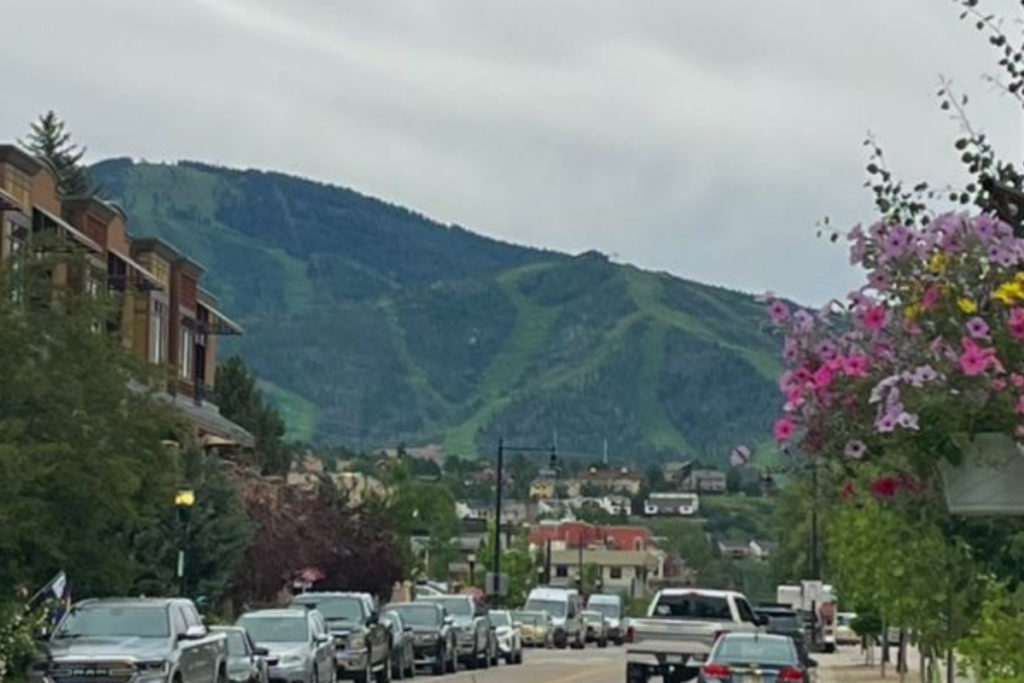
To solve the issue, the hospital started building 42 apartments with rent capped at about 30% of an employee’s income. Although the hospital could use the money for new patient facilities or equipment, Fidler explained that without investing in housing, they would face a staff shortage and might need to reduce services.
ALSO READ: Old Mall Set To Become a Futuristic Spectacle After $400 Million Worth of Renovation
High Cost of Living: Mitigating Risks
“It’s difficult because our main job is to provide health care, not housing,” Fidler said. “Usually, if we have extra money, we spend it on high-tech equipment and facility upgrades. But we don’t want to close services because we can’t staff them.” Residents are worried not just about their personal lives and businesses but also about the character of their community. They say that, unlike other places, they often meet regular people, like ranchers and Olympic skiers, rather than celebrities or billionaires.
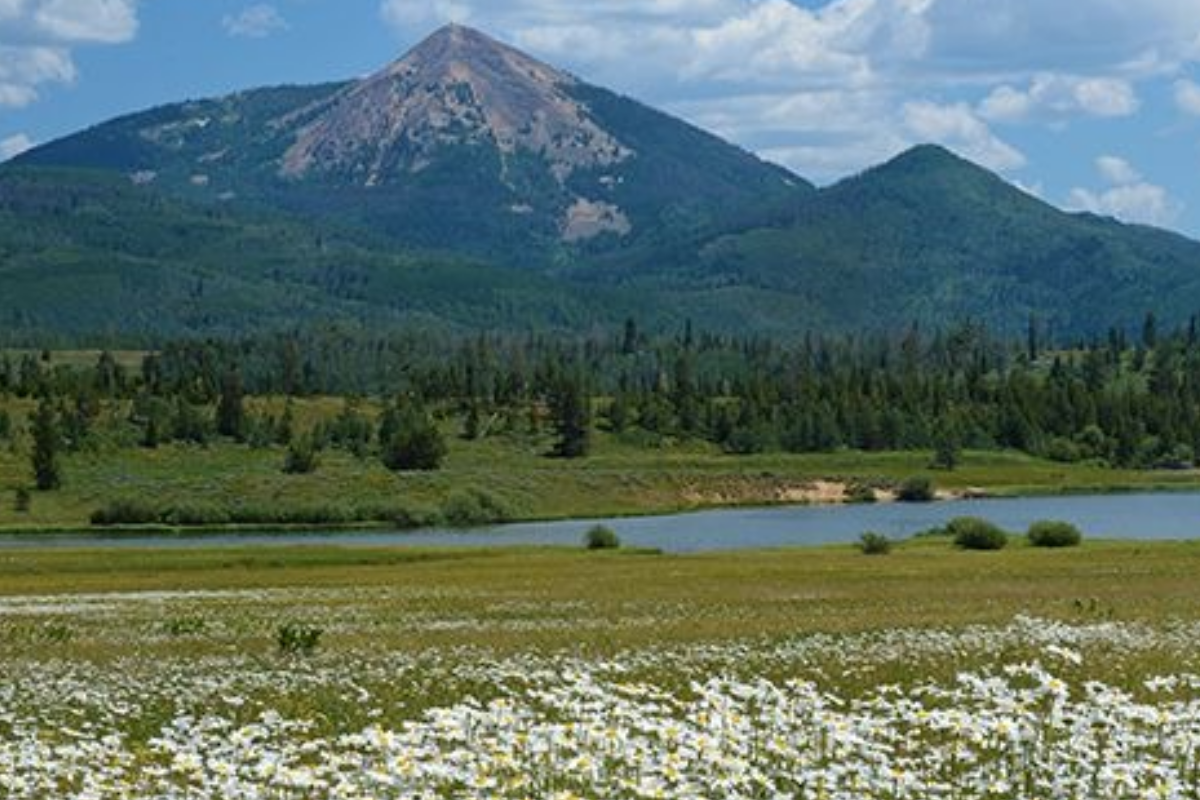
“When you go downtown, you see people daily, which is a big attraction here. We’re still very genuine,” said Suiter. “Our biggest threat is becoming so exclusive that we lose our unique character.”
You Might Also Like:
Pfizer Continues Its Once-Daily Weight Loss Pill After Multiple Setbacks Last Year
Here’s the Wage You Need To Earn To Live Comfortably in US Cities
California’s $20 Minimum Wage Law Sparks Job Cuts in Restaurants
A Costly Cup of Chaos: Starbucks Charges Couple $4.5k For Coffee
The Housing Market Is Rigged as Properties Sell Cheaper Than Their Listing Price

